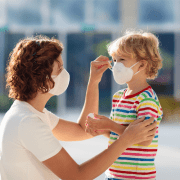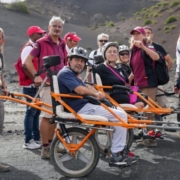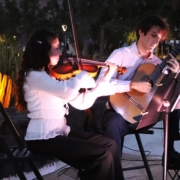FFP2 and FFP3 masks are muzzle-shaped protective equipment that provide a high-level of protection and are used by medical staff who are in close contact with virus victims. They are worn tightly, and photos of health workers with marks from their red masks after long shifts have been widely shared.
It’s unlikely that you’ll have a supply of these masks, but if you do they’ll probably do a lot more good at your local hospital than on your face.
For most of us, the most common facial protection will be flat cotton multi-layer surgical masks or light paper dust masks or respirators. Neither of these offer a particularly high level of protection, but it should again be stressed that protection is not the main aim of mask-wearing.
Whether you wear a mask or not is up to you, but if you do it’s a good idea to take time to get used to it. Masks can be uncomfortable, especially in a hot climate such as Lanzarote’s, and ill-fitting masks that you’re always adjusting are next to useless and may even increase the risk of infection.
Face Mask Tips:
To avoid fogging up your spectacles while wearing a surgical mask, the Tokyo Police recommend folding the top quarter of the mask back or placing a tissue between mask and nose.
Don’t wear your mask until you need it. It’s not needed at home or if you’re alone in your car. But once you put it on, try not to touch or adjust it, and don’t remove it until you can wash your hands before doing so.
Search for advice on making your own, reusable masks from cotton and paper towels.










